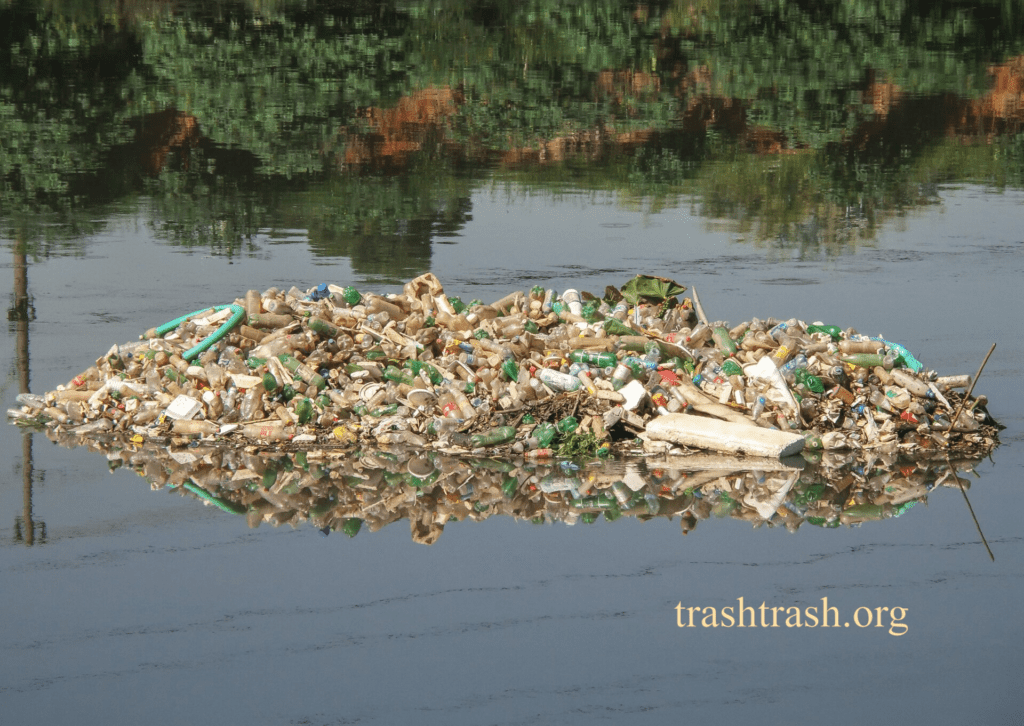You probably heard about the plastic vortex in the oceans outside of the USA. But did you know there is also one in Asia called the Asian Trash Trail or Asian plastic vortex?
Where is the Asian Trash Trail Plastic Vortex?
When people think about Southeast Asia, they think about sunny beaches, and crystal clear water. Unfortunately as of late, many countries around Asia are having issues with trash from their own shores, and also trash that moves around.
The closest plastic vortex to Thailand is near Japan, and it is called the “the Asian Trash Trail,” and is the size of the state of Texas! Here all your lighters, flip flops, plastic bottles, and other plastic things you did not recycle end up. There are two other plastic vortexes in the world, and they are located outside Canada and the United States of America. This is a detailed explanation of how plastic reached the different vortexes in the sea.
What is the Asian Trash Trail and Asian Plastic Vortex?
The plastic vortex is rotating like a clock in the ocean currents, and it contains plastic, dead fish, birds that landed on it and got caught and are now starving to death (or dead), and even trapped marine mammals like dolphins waiting for their certain death.
Some plastic will still be there killing in 100 years if nobody picks it up. The bigger the vortex becomes, the more trash it will entangle. Some trash is just floating along, and other trash has formed small islands. It’s not easy to see how big the plastic vortex is from a boat, but if you use a satellite, or fly over it you will see the monstrous size.
We are Dumping Millions of Tonnes of Plastic in the Ocean Each Year
Did you know that we produce around 300 million tonnes of plastic per year (unep.org) and 10 million tonnes of that ends up in the ocean? The trash you see on the beach is just a small part of the plastic in the ocean. Since most of the trash sinks or floats around it, it is very hard for the human eye to see how polluted the oceans are.

You might have heard that the solution is to get plastic that breaks down, but that only adds to the problem. Breaking the plastic down only adds to the dangers because animals think of it as food, and many birds, turtles and dolphins are found dead on beaches with their stomachs full with these small pieces of plastic.
Studies have estimated that this plastic kills about one million seabirds, and one hundred thousand sea turtles and marine mammals each year! Yes, that’s those cute dolphins you like so much, too. It’s the same reason why countries around the world are trying to stop using plastic beads.

The smaller pieces are eaten by fish, and we eat the fish, so in the end humans eat the plastic including micro beads without realizing; you know that is not a good thing for sure.
The seabed is no better. Dutch scientists say they have found about 600 000 metric tonnes of plastic at the bottom of the North Sea alone. The trash that does not get stuck in the plastic vortex descends to the bottom of the sea and kills the natural habitat for sea animals.
Help us to Stop the Plastic Vortex?
It has been said so many times before, but we really need to stop using and producing so much plastic. Help the world around you by recycling plastic, or avoiding buying it altogether. If you want to know more about how you can help locally, then you can visit Trash Trash.
Please DONATE it helps us to keep working, Trash Trash cleaned 300 000 kilo from Thailand beaches since 2012 under the name of Green Pattaya along with organizations.
Subscribing and commenting on the articles help the writers understand what you, the readers, like. Your subscription by email or a follow means so much. Thank you for your support.






